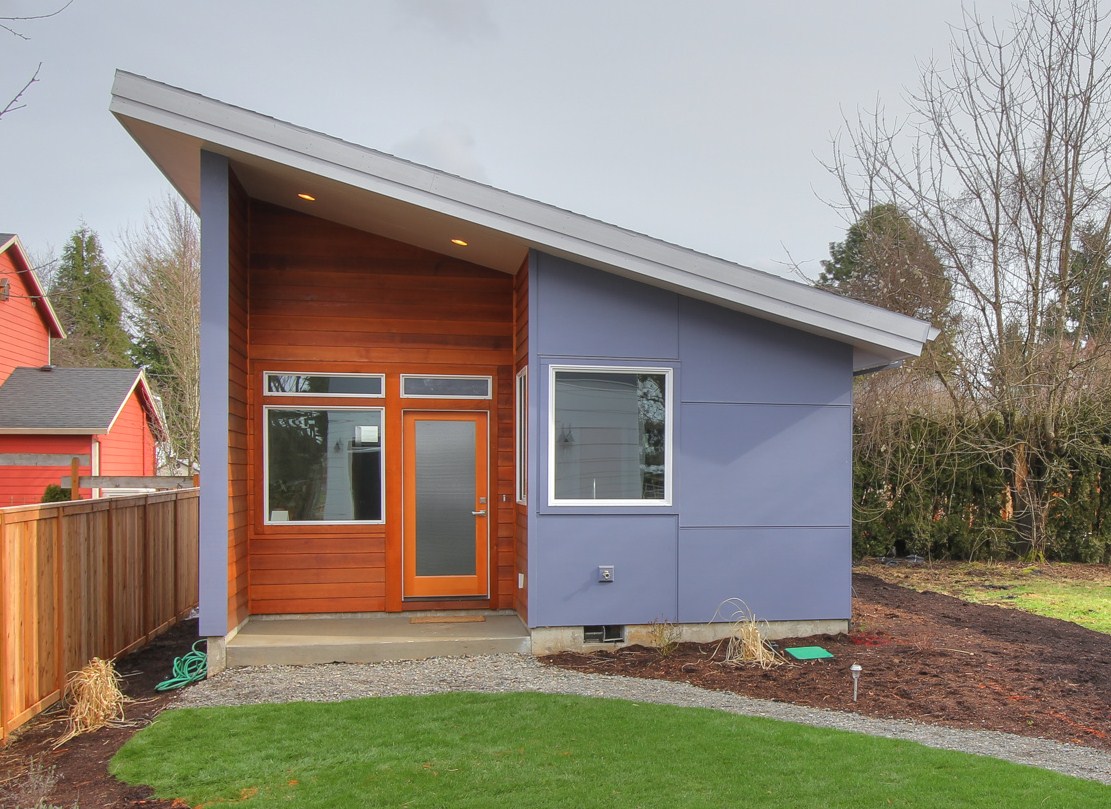Welcome to the January 2025 Real Estate Market Update—where the future of real estate meets the present, and the opportunities are as vast as they are exciting. As we step into this new year, the market is anything but predictable, with twists and turns that will keep even the most seasoned investors on their toes. From fresh trends to emerging challenges, 2025 promises to be a year of transformation in the real estate world. Whether you’re looking to flip that next property, break ground on a new build, or simply stay ahead of the curve, this update is your compass for navigating the dynamic landscape ahead. Let’s dive in and make this year one to remember.
New listings are up 8%, offering buyers more options as they kick off the year with expanded choices in the market.
In January 2025, the housing market saw new listings rise by 8%, providing buyers with more options as they enter the new year. However, pending sales dropped by 19%, signaling a slowdown in buyer activity. This decrease in sales is partly due to higher mortgage rates and affordability challenges, which continue to impact buyer confidence. Home prices have also experienced a slight year-over-year decline of 1.4%, though they remain relatively stable compared to the previous month. Despite the overall slowdown, competition remains in certain markets, driven by limited inventory and continued demand. Overall, the market is showing mixed signals as it adjusts to evolving economic conditions.
Mortgage rates are expected to dip slightly following today's CPI report, which revealed core inflation was softer than anticipated.
The December CPI report showed softer-than-expected inflation, leading to a slight decrease in mortgage rates. Core inflation, which excludes volatile food and energy prices, rose 0.3% month-over-month, lower than the 0.4% increase analysts had predicted. This improvement in inflation data suggests the Federal Reserve’s actions may be having the desired effect, allowing mortgage rates to edge down. While rates remain higher than historical norms, the slight decline offers some relief to buyers and homeowners. However, challenges such as affordability and limited inventory continue to impact the housing market.
Housing affordability remained stable in 2024, marking the first time in four years that it hasn’t worsened.
In 2024, housing affordability held steady for the first time in four years, breaking a long trend of declining affordability. This shift was primarily driven by slower home price growth and a slight reduction in mortgage rates, offering some relief to buyers who have faced high costs in recent years. Despite these positive changes, affordability remains a challenge due to still-high mortgage rates and limited housing inventory. As a result, many buyers, particularly first-time homebuyers, continue to struggle with the overall high costs of purchasing a home. While the market has not worsened in terms of affordability, it still remains difficult for many prospective buyers to enter the housing market.
Sources:
Sources: redfin. Forbes. attom.






